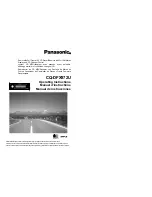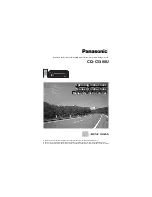
AD122-96 MX
Appendix III
19
Below are time domain plots for the +3dB setting (left plot) and +6dB setting (right plot).
Each plot shows the transformation of two input signals (dotted lines) to two output signals (solid
lines). The settings provide different tradeoffs between gain and "peak signal distortion".
The soft saturation algorithm provides a "soft limiter" function (aimed at making "hotter recording").
The function provides several advantages over conventional analog limiters.
Analog limiters are based on physical components; thus, the attainable curves are restricted to available
hardware, also resulting in less then ideal transition between the linear and the non-linear portions of
the curve.
Digital processing is free of such restrictions. The curves go beyond simple gluing of two transfer
functions at the transition point. Our experiments showed that the two factors affecting the sonic
quality are the shape of the curve and the behavior around the transition point. Our choice of an
exponential curve was based on the nature of the distortions (crudely speaking, less distortion energy at
higher harmonics). The key to a smooth transition was to make the
slopes
of the linear and non linear
portions are precisely equal to 22 bit accuracy (as always, such precision is much more apparent to a
listener of 16 bit data then to a viewer of "9 bits graph".
Unlike the "analog soft knee", the digital soft saturation is a precise transformation. The user may not
drive the signal further and further into the saturation region (compromising between "hotter
recording" and "acceptable distortions"). The +3dB setting provides perfect linearity to
-6dBFS of the incoming signal (-3dBFS of the processed signal), and the +6dB setting provides perfect
linearity to -12dBFS of the incoming signal (-6dBFS of the processed signal). It is easy to justify the
usefulness of this function when the complete audio track is below these threshold levels. The
compromise is restricted to the upper 6dB (or 12dB). The choice is left up to the user.
Note: The maximum light is operational during soft limit. It indicates that the signal has reached full
scale, thus warning against overdriving into the clipping region.



































